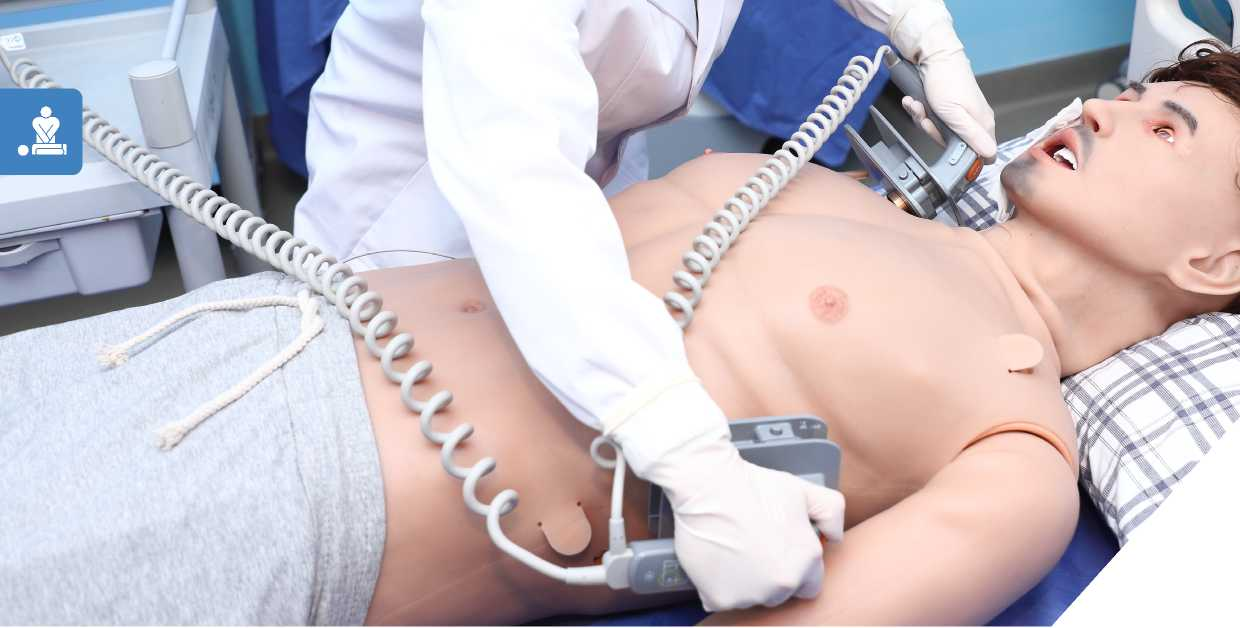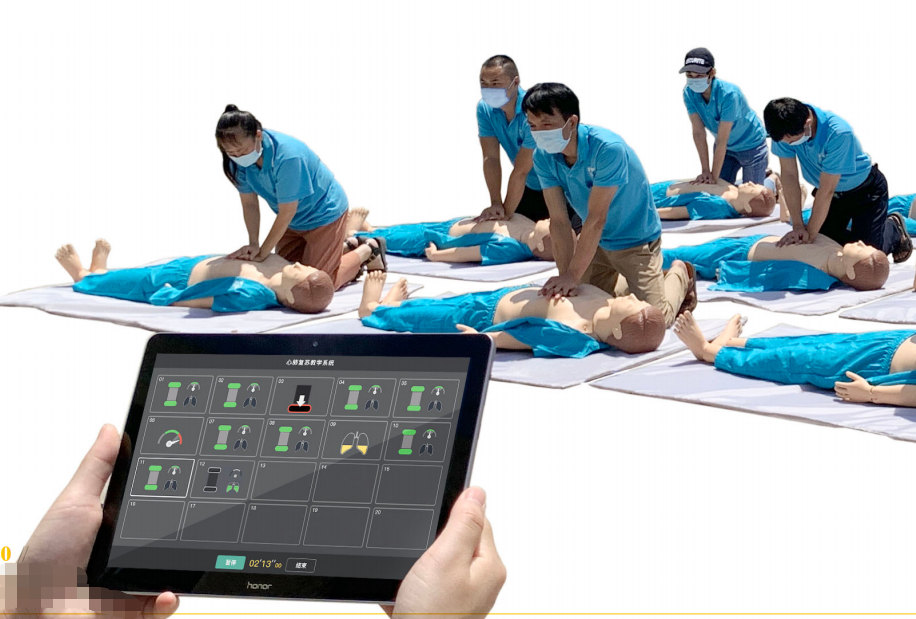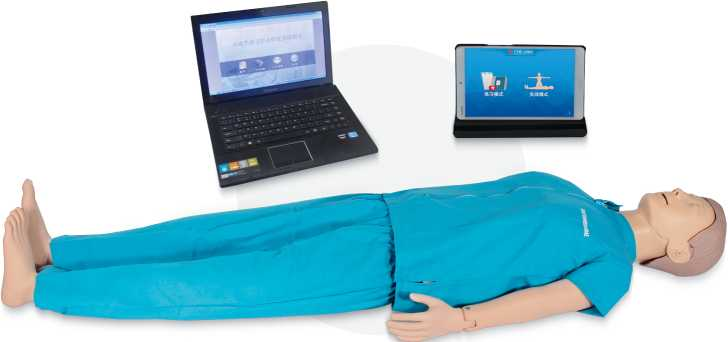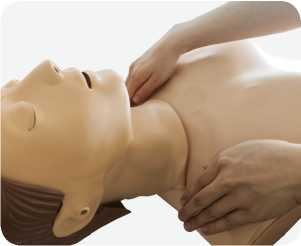Creating an anatomical model of a mosquito involves detailing its various body parts and internal structures. Below is a description of the major components of a mosquito's anatomy:
1. **Head**: The head houses the mouthparts, eyes, antennae, and some sensory organs. Mosquitoes have compound eyes which provide a wide field of view, and simple eyes (ocelli) for depth perception. Their mouthparts include the proboscis (a long tube used for piercing the skin to feed), maxillae (used for holding onto the skin), and mandibles (used for piercing the skin).
2. **Thorax**: This is the middle section of the mosquito. It contains three pairs of legs and two pairs of wings. The legs are used for walking and jumping while the wings are used for flying.
3. **Abdomen**: The abdomen is the largest part of the mosquito and contains most of its internal organs. It includes the gut, ovaries, and reproductive system. Inside the abdomen, there are also fat bodies that help in storing food.
4. **Internal Organs**: The mosquito has a complex internal system with organs such as the midgut, hindgut, and crop. The midgut is where digestion occurs. The crop is used to store blood after feeding. The hindgut helps in excreting waste.
5. **Nervous System**: The nervous system is distributed throughout the body and controls all the functions. It includes the brain (in the head), spinal cord (in the thorax), and nerves that extend throughout the body.
6. **Respiratory System**: Mosquitoes have spiracles, small openings on their sides through which air enters and exits. This allows them to breathe under water.
7. **Excretory System**: Waste products are excreted through the anus located at the end of the abdomen.
8. **Reproductive System**: The reproductive system is found within the abdomen and is responsible for producing eggs. Female mosquitoes are the ones that lay eggs, while males mate with females post-feeding.
9. **Immune System**: Mosquitoes have an immune system that helps them fight off infections from pathogens they might ingest while feeding.
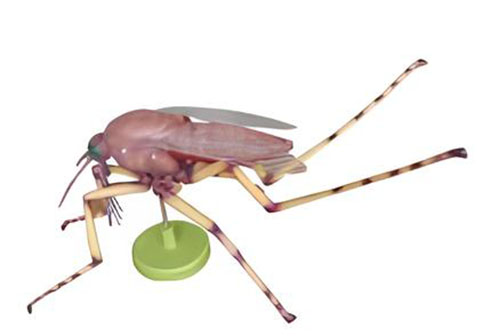 For creating an anatomical model, you might use materials like clay, wire, or 3D printing. Each component would need to be carefully sculpted or designed to accurately represent the mosquito's anatomy.
For creating an anatomical model, you might use materials like clay, wire, or 3D printing. Each component would need to be carefully sculpted or designed to accurately represent the mosquito's anatomy.
Parameter:Show the appearance and mouthparts of mosquitoes
Dimension: 760x560x330(mm)



